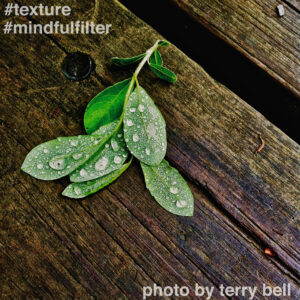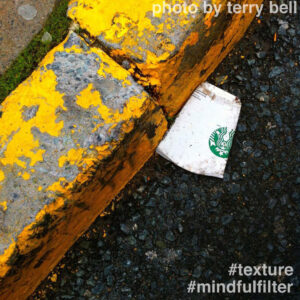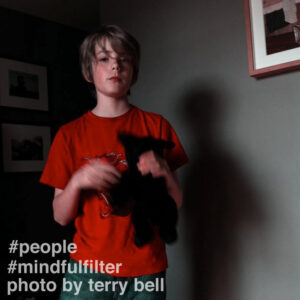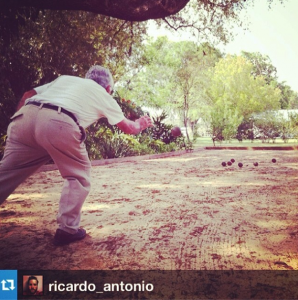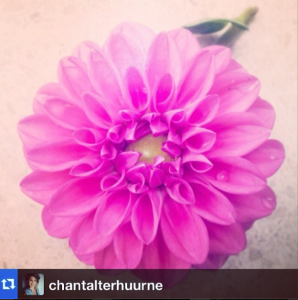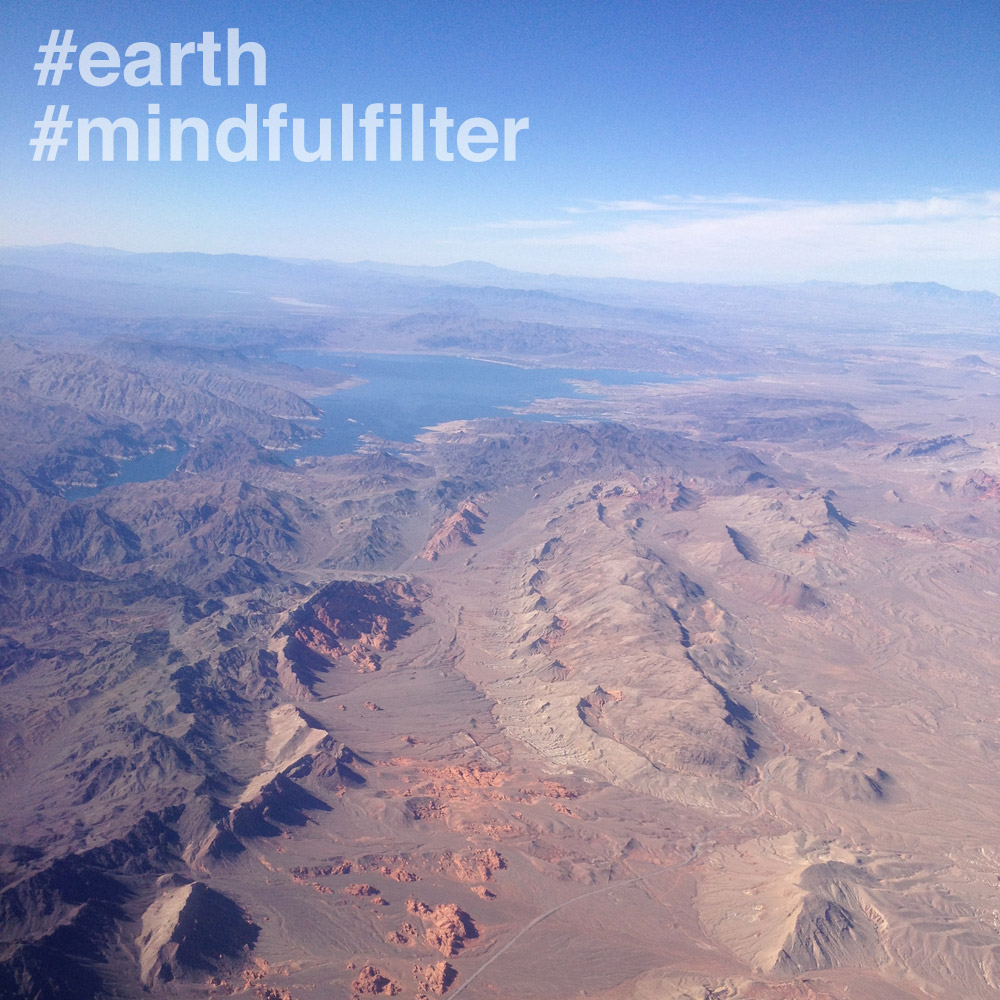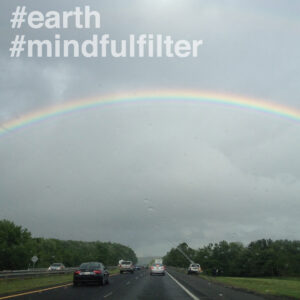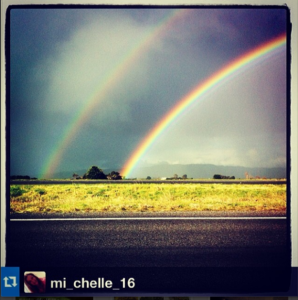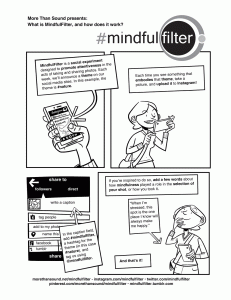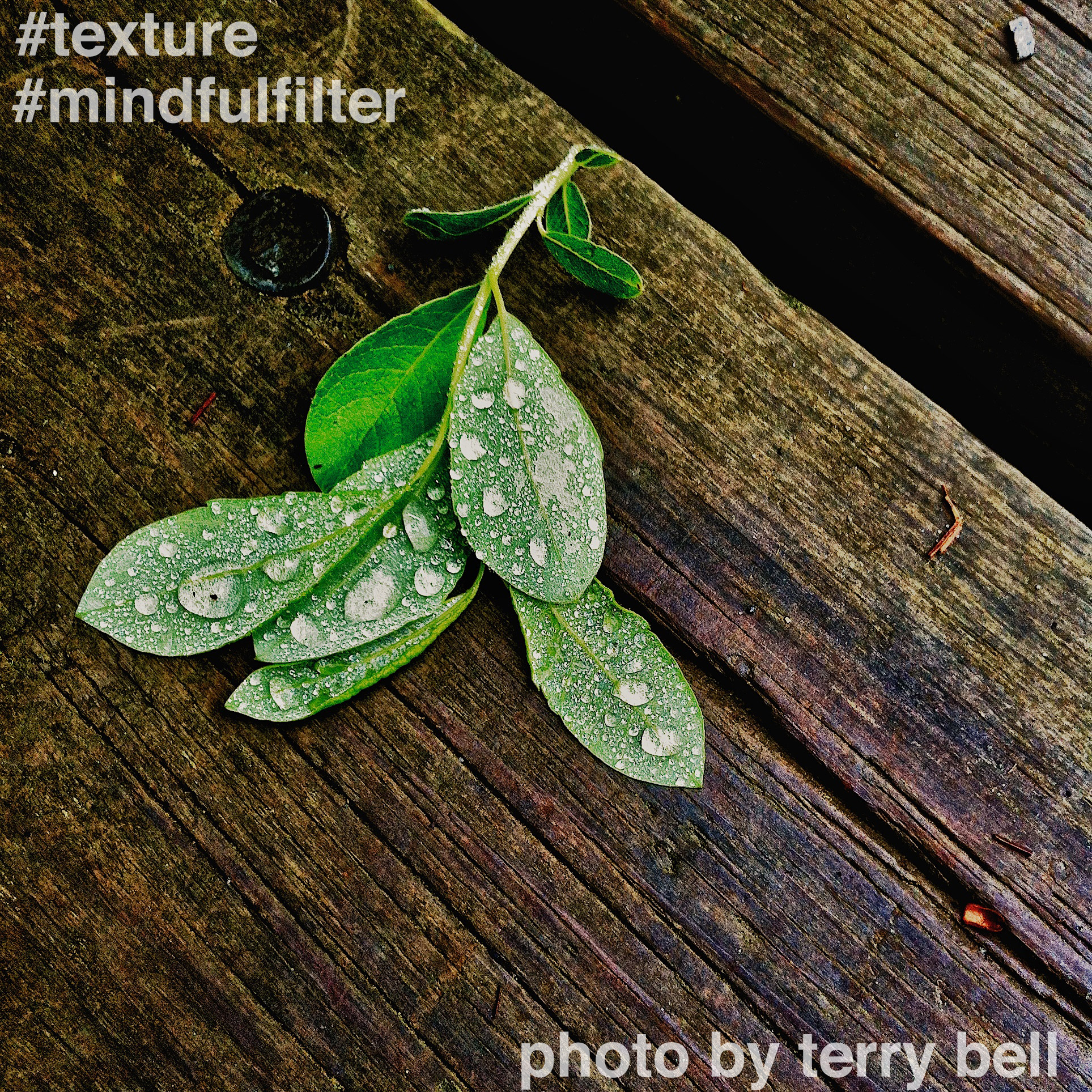
Taking photos and sharing them on our social media feeds has become second nature. Even an office coffee run can somehow turn into a photo shoot.
While it’s enjoyable, our snap-happy habits can lead us to live our lives through a small screen. And that’s no fun. How can we break the cycle?
One of the many benefits of mindfulness is how easily we can incorporate a present-minded awareness into any daily activity – including using your camera phone.
Last week Mindful.org guest curated our MindfulFilter feed. They offered exercises to help you stay in the present moment while using your camera phone. Three contemplative photography assignments were oriented toward you, the perceiver. They directed you to your experience of perception, not to the objects that are perceived. They did this by asking you to recognize the basic elements of your world.
Give it a try. Focus on one of these elements the next time you photograph something. Tag #mindfulfilter on Instagram, and briefly tell us what the experience was like.
Color
Shooting color gives you something to look for that will align your eye and mind. When you work on this assignment, be patient.
• Just look for color. Don’t try to shoot something interesting or worry about composition. Your intention will become vague.
• Avoid getting caught up in thoughts of colorful things. It’s the simple experience of color you’re looking for.
• When you see a flash of color, get in close. Look on your viewfinder for just what stopped you.
Texture
Everything has texture, so it’s easy to recognize. Yet, it can be difficult to think about. Beyond smooth and rough, we don’t have many conceptions about it. Texture is less prominent than color and requires us to dig a little deeper into the experience of seeing.
• Begin each session by clearly forming an intention to recognize texture. Take an inventory of the types of textures around you: rough pavement, smooth glass, coarse tree bark, soft cat fur.
• Notice how the quality of light affects your perception of texture. Rough surfaces will look one way on an overcast day, another on a bright, sunny morning, and still another in the late afternoon.
• When you see an interesting texture, imagine you are also touching it. Let sight and touch come together. Try this for a little while without using your camera.
• When you do take a photo of texture, fill the viewfinder with just the textured element that stopped you.
People
With people we know well, we often only see our version of them””“my boss,” “my child”””and not as they are, in that very moment. We don’t look beyond labels to see the fleeting expressions on their faces, or how they’ve combed their hair that day. This practice helps us cultivate a fresh way to see people as they are beyond our subjective view.
• Start with people you know well. If you keep things low-key, the camera will soon lose its novelty and you and your subjects will be able to relax.
• You’ll face challenges in this assignment. People being photographed might try to project images of what they think will make them look good, and this strained effect will show up in the final image. You may have to wait them out to get fresh expressions.
• Confront ideas in your mind about people. If you try to take a picture of “my friends having fun at Bob’s birthday party,” rather than photographing a strong visual perception, you will end up with a snapshot.
• Just like a mindfulness practice, consider taking time to photograph regularly””say, once a week””to get comfortable with the practice of photography.
Below are some of our favorite contributions from our followers:

